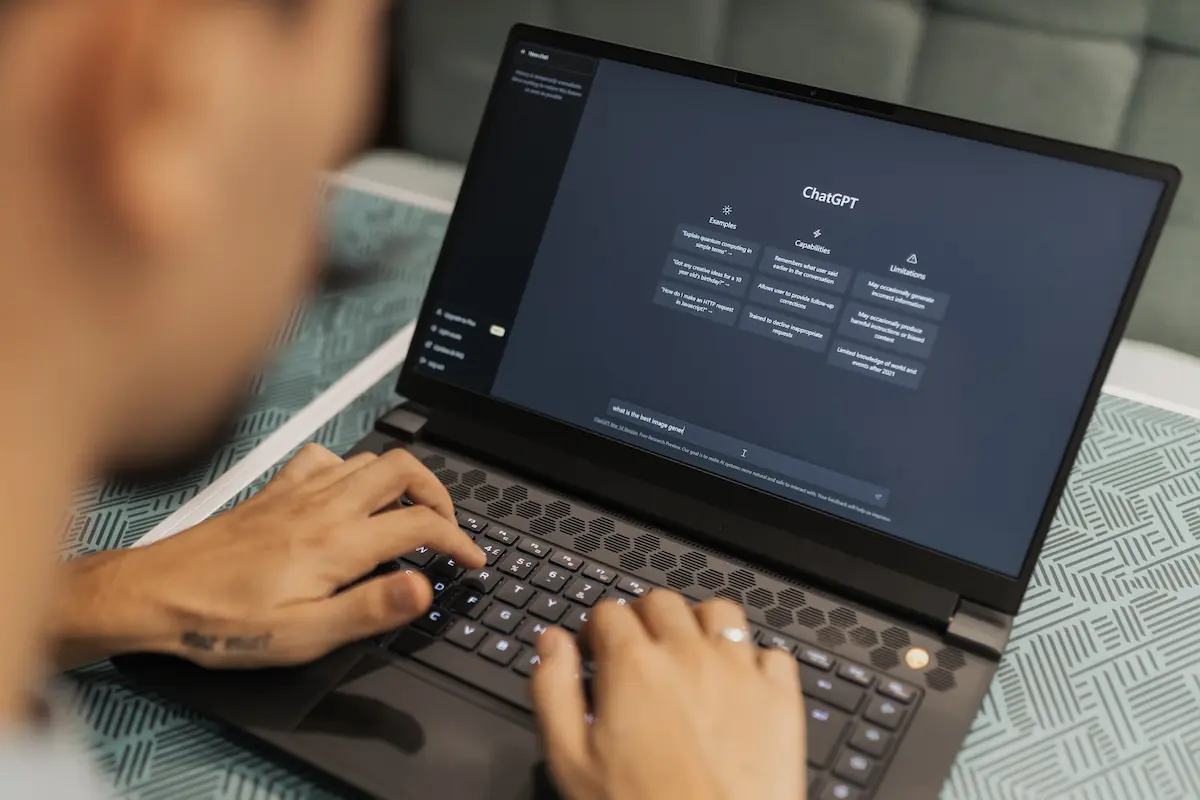
Detecting forged documents can be difficult because the appearance of the document may seem legitimate, but in reality, the document may be fake. With the increasing digitization of businesses, documents are more and more easily transferable, increasing the risks of falsification.
There are two document formats: digital documents and paper documents. Documents can also be classified into two categories: standardized documents and non-standardized documents. Standardized documents include IDs and passports, which are similar for all people, while invoices are non-standardized documents that can vary.
To detect a falsified document, it is necessary to distinguish between the two document formats, as well as to determine whether it is a standardized or non-standardized document. There are plenty of solutions for standardized documents, such as KYC (Know Your Customer) businesses, such as Share ID, Vialink and ID Now. However, there are few or no solutions for non-standardized documents, with the exception of Finovox.
To write this article on the detection of falsified documents, we first consulted the opinion of ChatGPT (an artificial intelligence solution from OpenAI that combines information found online) and then, the opinion of our Finovox experts. We want to offer you two perspectives: the one you can find online through search engines with OpenAI and another, that of our Finovox experts, based on a study of the market and of field and business problems.
Detecting a fake document is complex, the appearance of the document can sometimes seem completely compliant and yet, the document itself may be fake. With the digitalization of businesses, documents are increasingly being transmitted, so the possibility of creating false documents is increasing.
To start our article we asked Chat GPT what would be the best method to detect a fake document, Here is his answer :
“There are several methods for detecting a fake document, but none is 100% infallible. Here are some things to consider when trying to detect a fake document:
It's important to note that while these methods can help you detect a fake document, it's impossible to 100% guarantee the authenticity of a document. It is therefore important to remain vigilant and not to blindly accept all the documents you receive.”
ChatGPT offers a number of important solutions and all these ideas should be considered when you want to know if a document is fake, especially as an individual.
As explained to you GPT chat, the best solution is still your common sense, which is sometimes enough to detect a lot of fraud. But they are generally the most detectable. For everyday fraud (made by non-fraud professionals), the implementation oftools within your information system is required. In addition, ChatGPT did not mention the various means used by Finovox, which we will discuss in a second step.
At Finovox we use various solutions to detect whether a document is false or not.
Here is a sample of our methods:
Analyzing the data structure of a document is important to determine whether or not it has been changed. This analysis makes it possible to break down each line of the document and to discover possible alterations, as well as to know if the document comes from an automatic generator.
Metadata analysis focuses on the document's basic information, which can be considered its “identity card.” Although less detailed than data structure analysis, metadata can be altered when creating a fake document from an original document using tools like Photoshop or Preview.
The visual analysis of the document is crucial to complete the analysis of the document. It is a global innovation in the field of image analysis that makes it possible to detect complex falsifications on images.
The additions let you know if there were any changes made to the document. By using Finovox Investigation, you can find previous versions of the document and remove the additional layers that were added to the document using the available zoning function. This makes it easier to identify changes and improve their understanding.
The 3D view and zoning offered by Finovox are powerful tools for quickly identifying the exact area of falsification in a document. This feature allows for a more thorough and accurate analysis of the document, making it easier to detect forgeries. In addition, the 3D view provides an in-depth visualization of the document, which can help to better understand the changes made to the document. By using these tools, businesses can be more effective in the fight against document fraud.
Our Finovox solution thus offers you a demonstration of its document detection capabilities. All the methods developed by our data scientists are based on market feedback and the needs expressed by our customers.
While ChatGPT's proposals differ considerably from ours, there is no single ideal method for detecting forged documents. At Finovox, we have chosen to explore different methods, but we always advise our customers to also rely on ChatGPT's proposals, using common sense, verifying information through surveys, carrying out visual analysis in addition to that carried out by the solutions. Finally, it is important to note that a single solution is not enough to reduce fraud in a business. It is the combination of tools and different solutions that will allow a significant reduction in fraud.
Therefore, there is no single solution to detect a false document.
The combination of different solutions makes it possible to ensure the falsification or not of a documentT.
To find out more about Finovox, contact us!